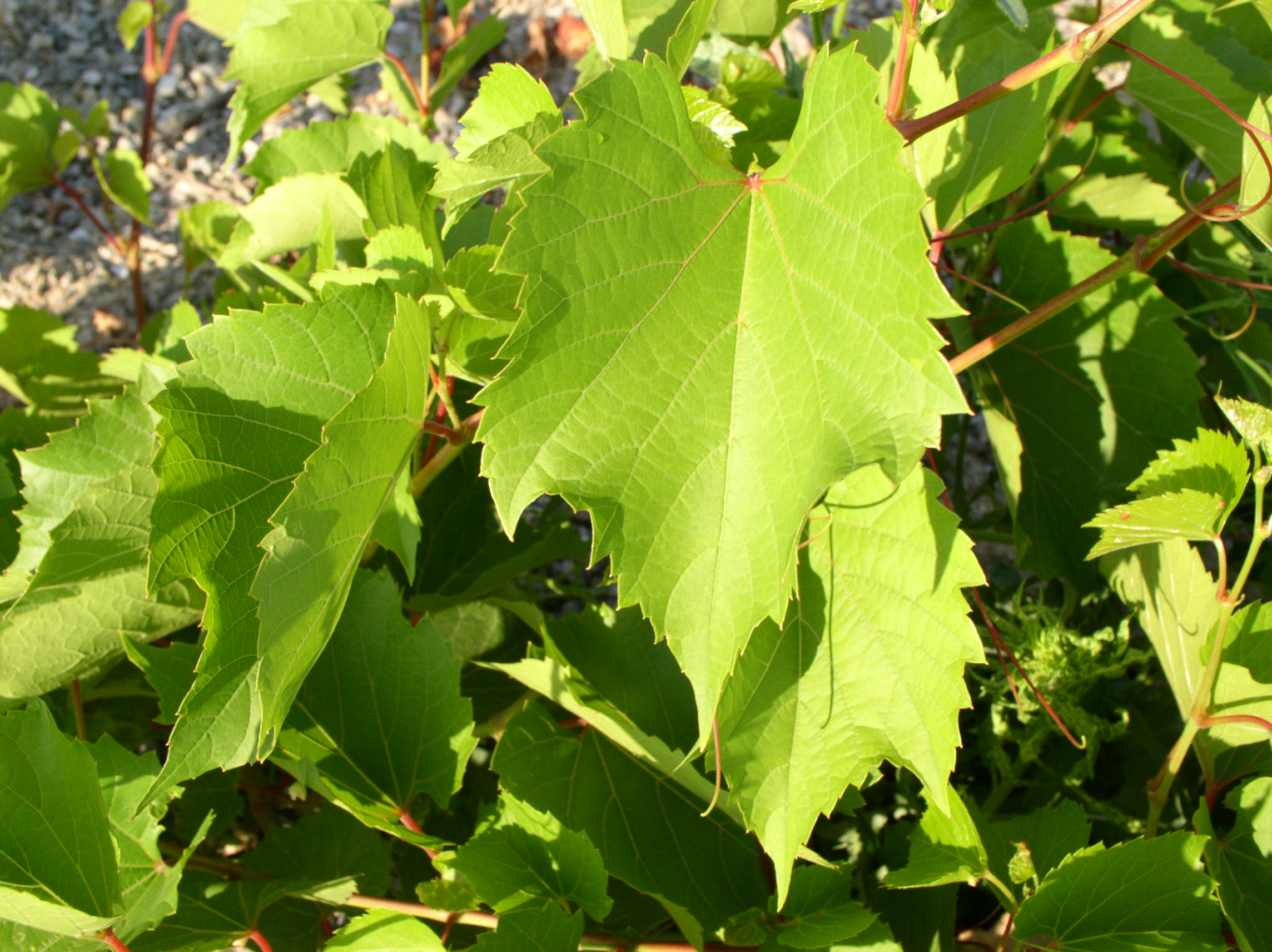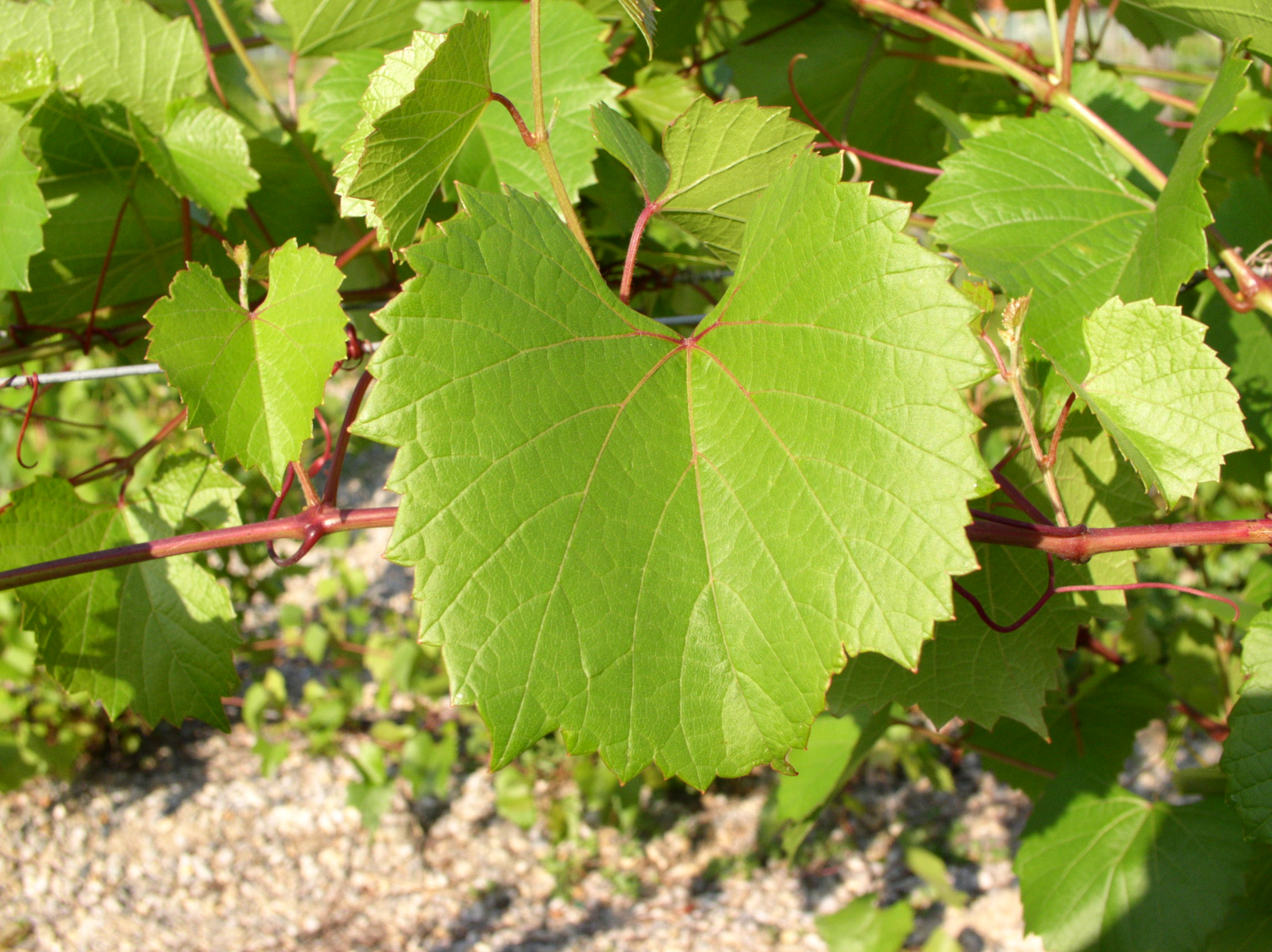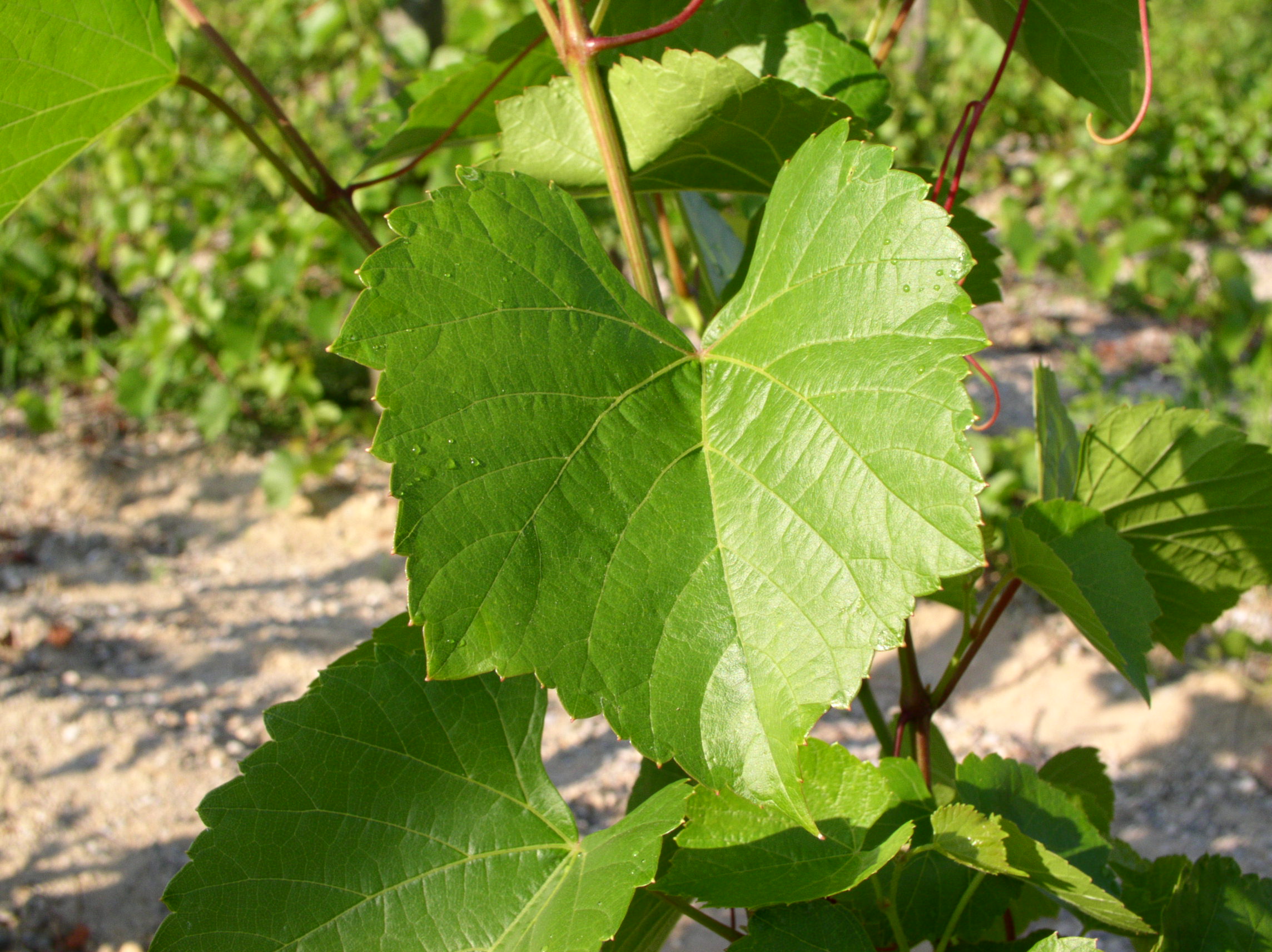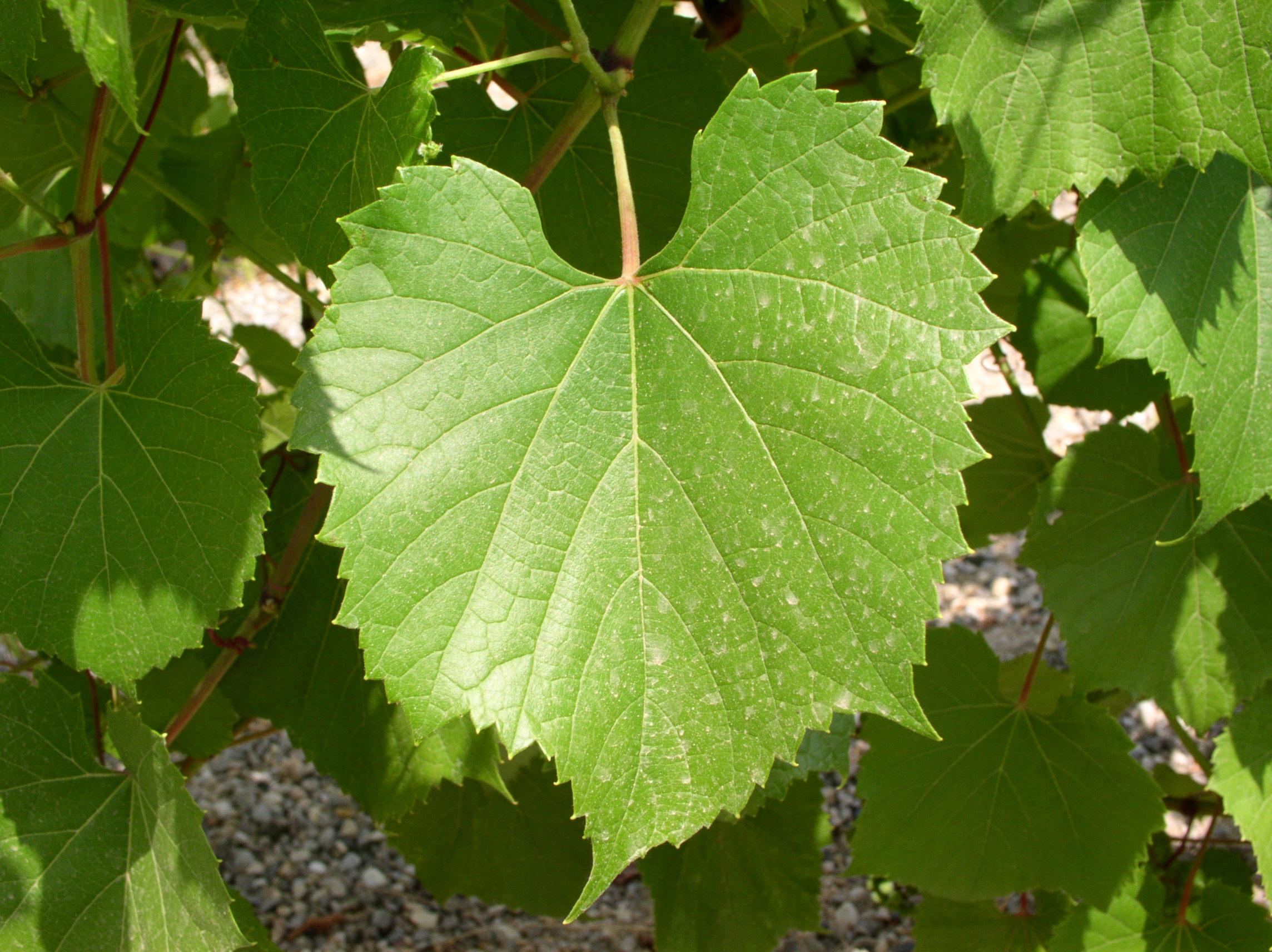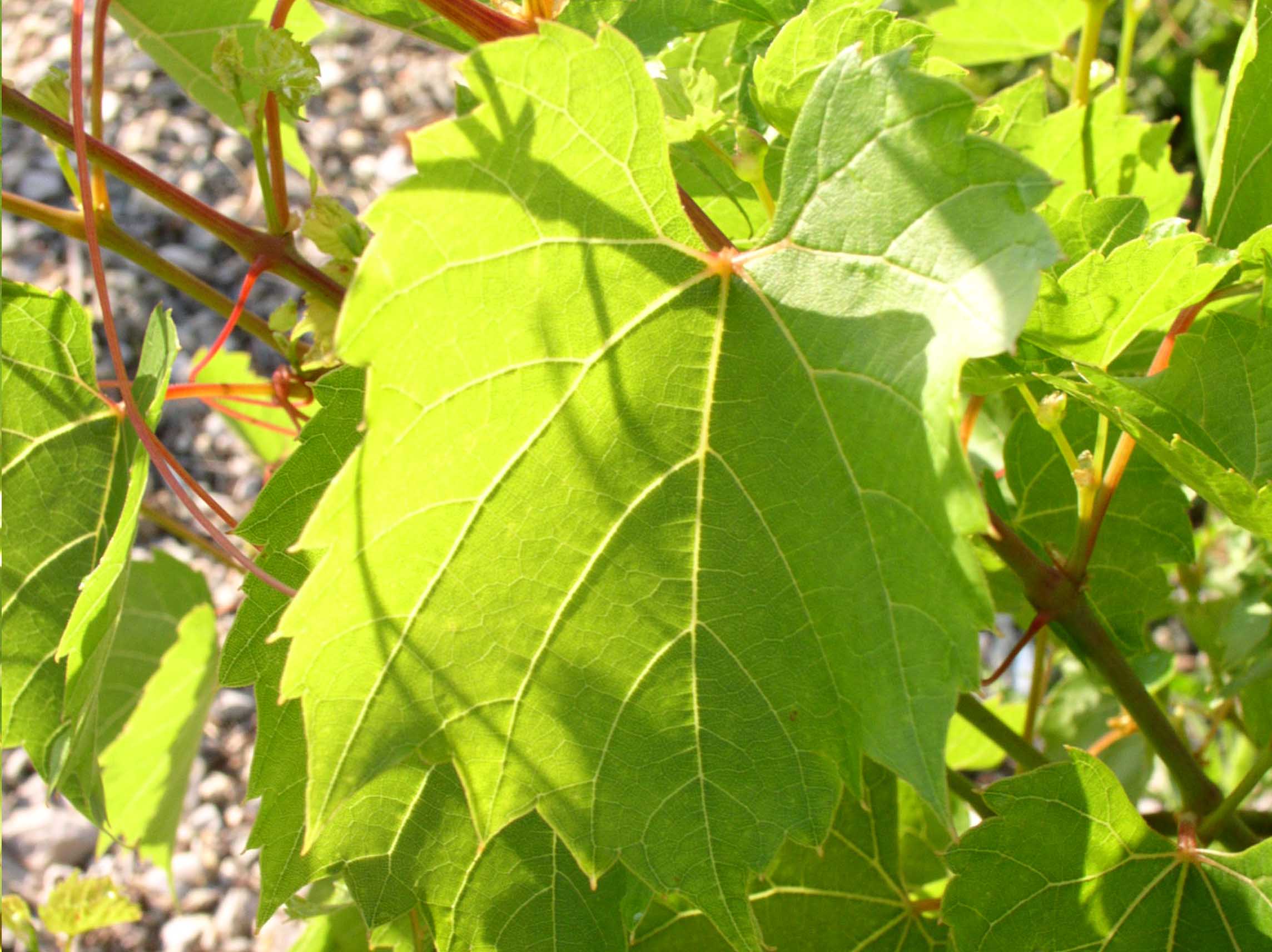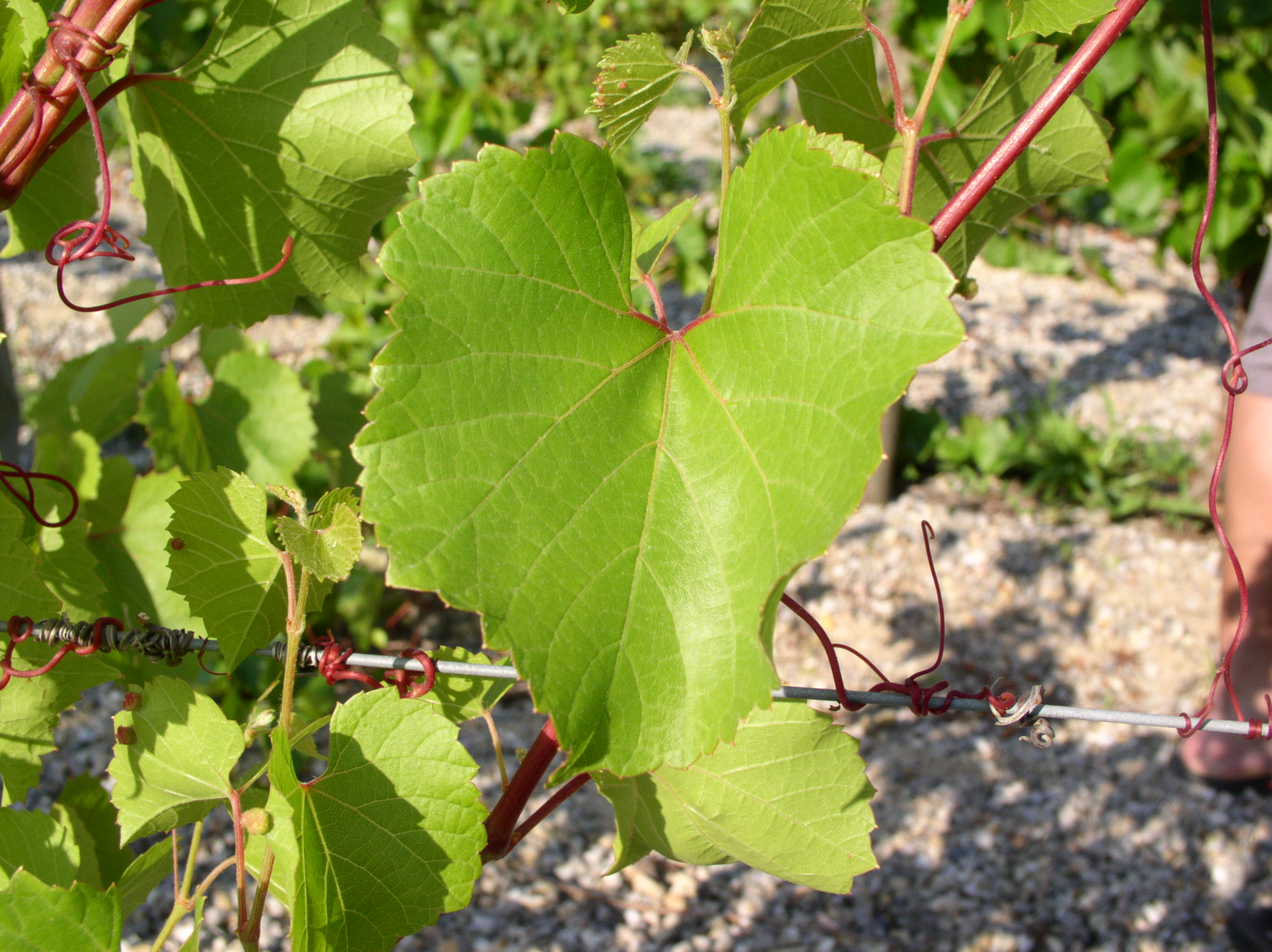
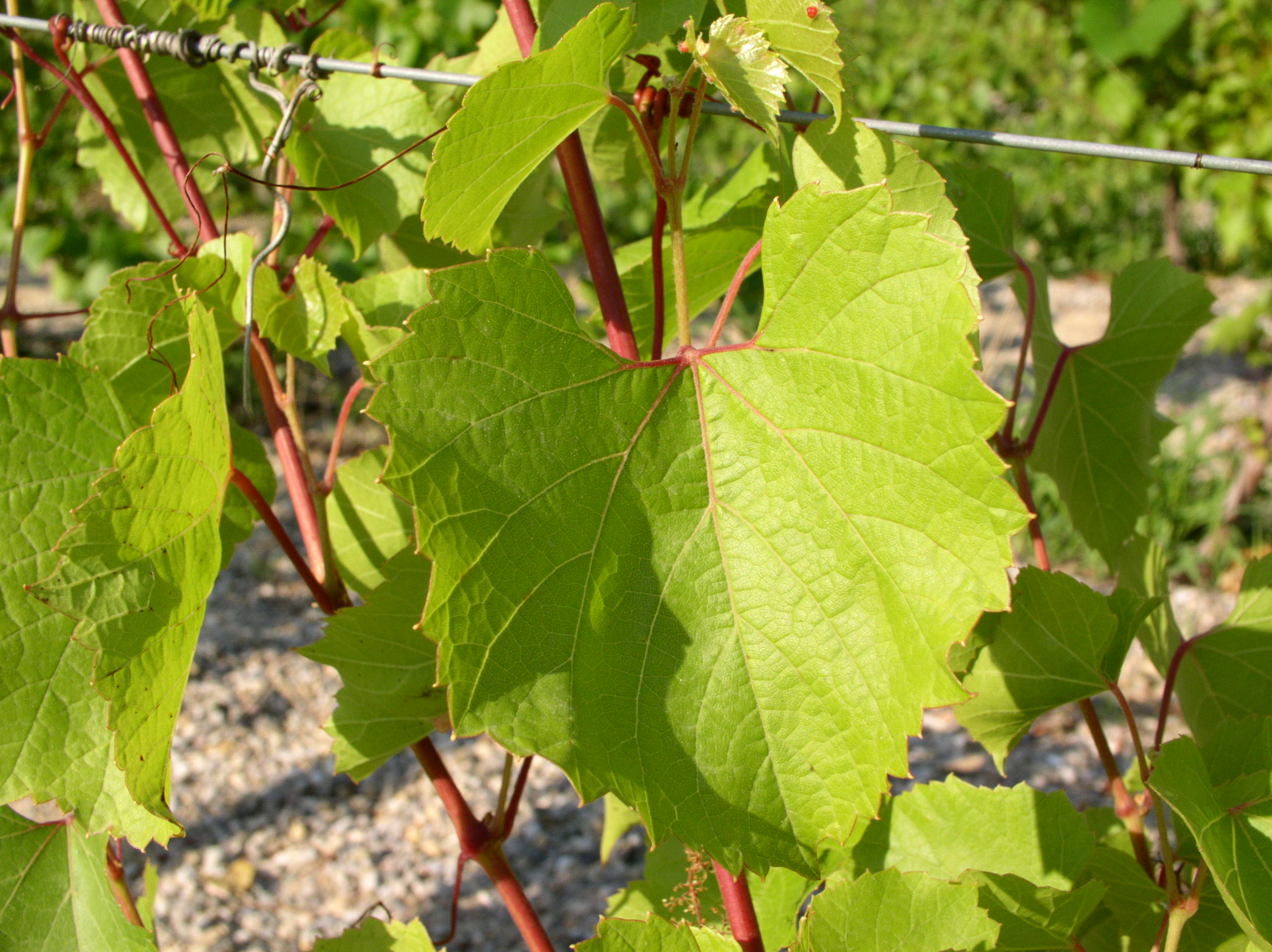
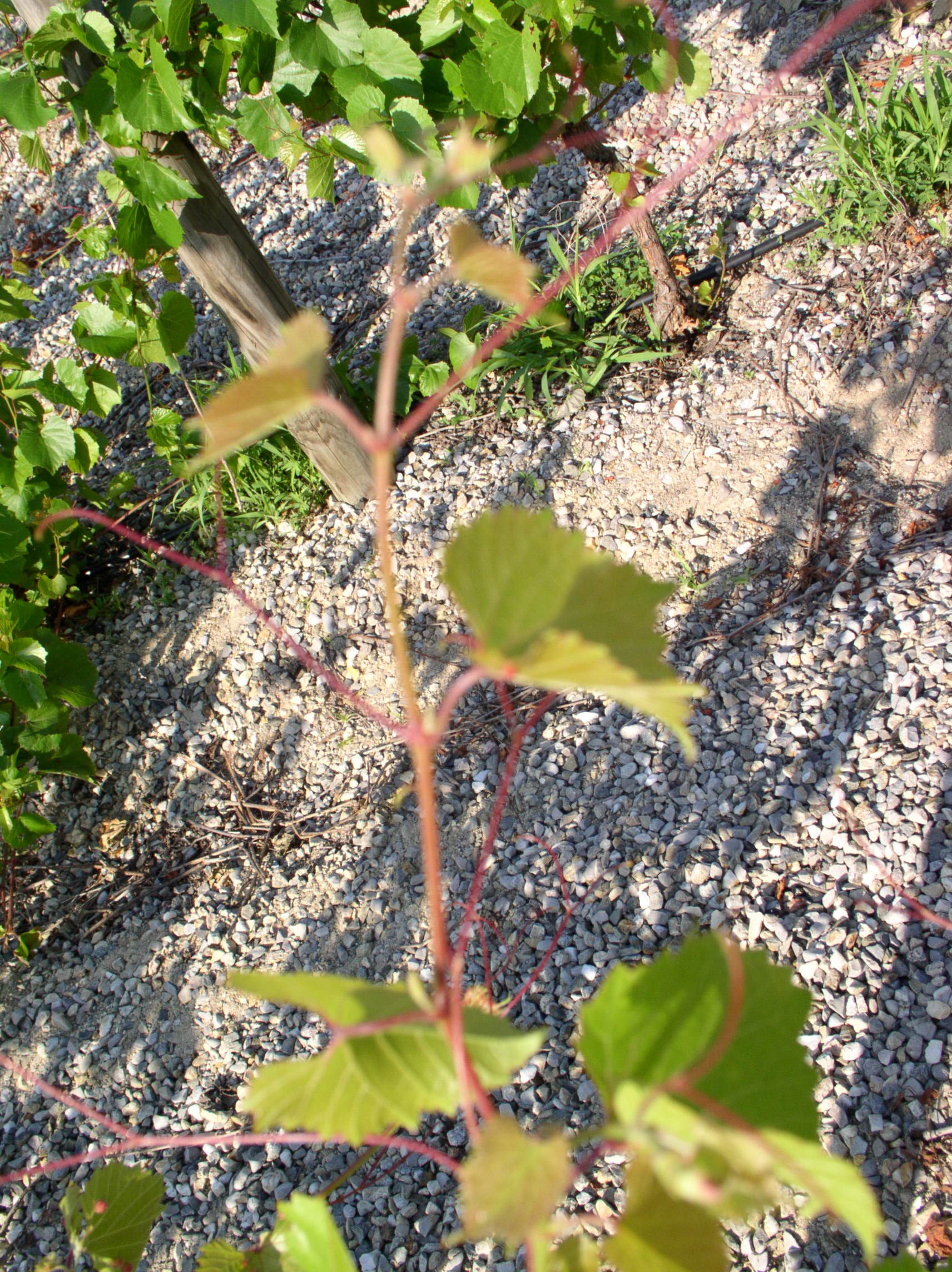
1103 Paulsen
Description
Rootstock deriving from the cross of Vitis vinifera cv, Rességuier n°2 and Vitis rupestris cv. Lot. Today there are 7 different clones of this rootstock: 112, 113, 168, 202, 767, 768 and 1050.
Resistance to Soil Pests
1103 P offers a high degree of tolerance to phylloxera. However, tolerance to Meloidogyne incognita nematodes is moderate and is susceptible to Meloidogyne arenaria nematodes.
Adaptation
1103 P is up to 40 - 50% tolerant to total calcium and 19-21% to active calcium. Tolerance to iron chlorosis can be considered moderate. It has very good adaptability to drought conditions, as well as to compact-coherent soils, where the presence of high but temporary humidity in the spring is very likely. 1103 P easily absorbs magnesium. It performs better in acidic soils and tolerance in saline soils is very good.
Interaction with the implant and production targets
The robustness transmitted by 1103 P to the graft is extremely high. This rootstock tends to’’ delay" the ripening of varieties. The combination with Syrah gives good results, but some problems have been reported with Tempranillo. In some other varieties, due to the great robustness it carries in the graft, it creates problems with the very low fertility of the buds. Several problems have been observed with Agiorgitiko and Soultanina, regarding the fertility of the buds.
Specific multiplication properties
The production of 1103 P in wood is low to moderate (25,000-60,000 m / ha), a percentage of wood can be difficult to use (bent wood, broken pieces). The growth of node buds is important, which in the presence of the tendrils make the processing of wood - shredding and stripping, a difficult process. The performance of 1103 Ρ grafts in both cutting and adhesion is quite good.
Parasite Resiliance
1103 P is moderately susceptible to the foliar form of phylloxera and holds a high degree of mildew disease tolerance.




